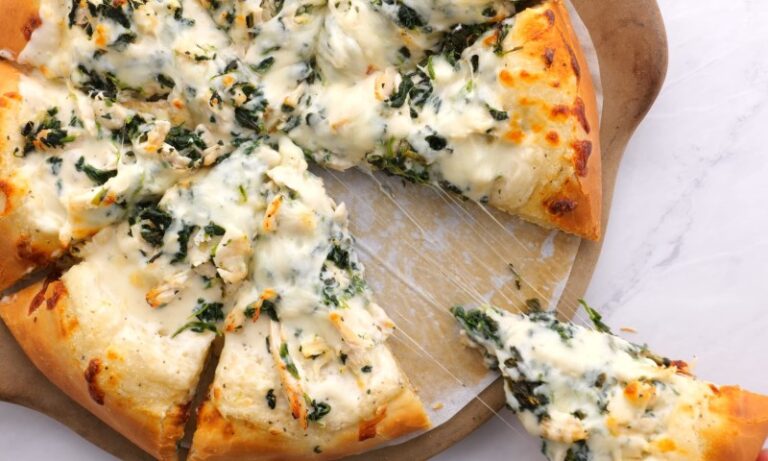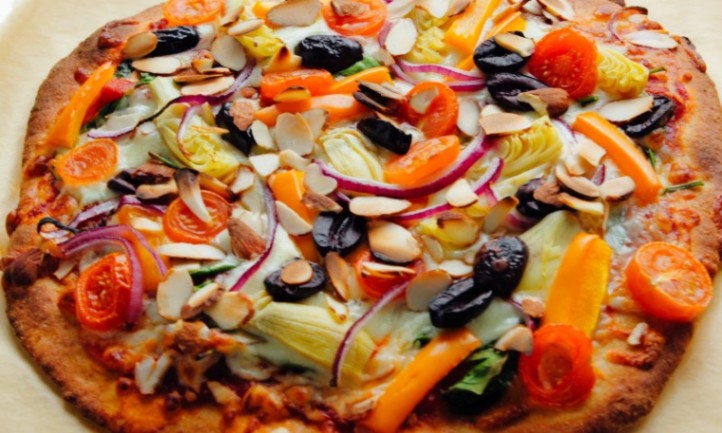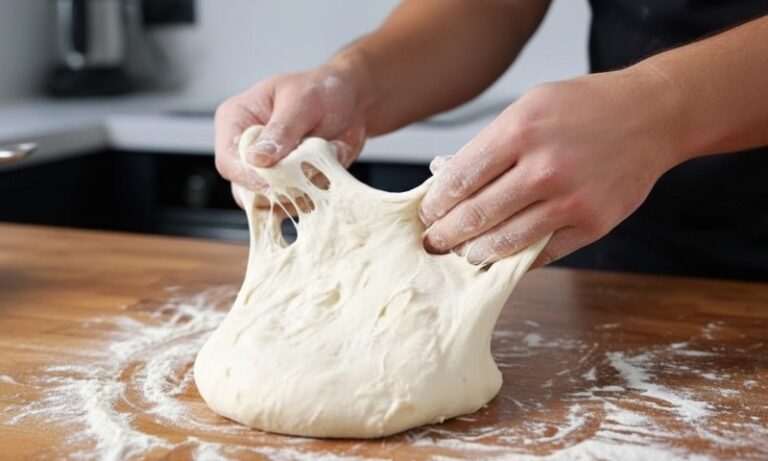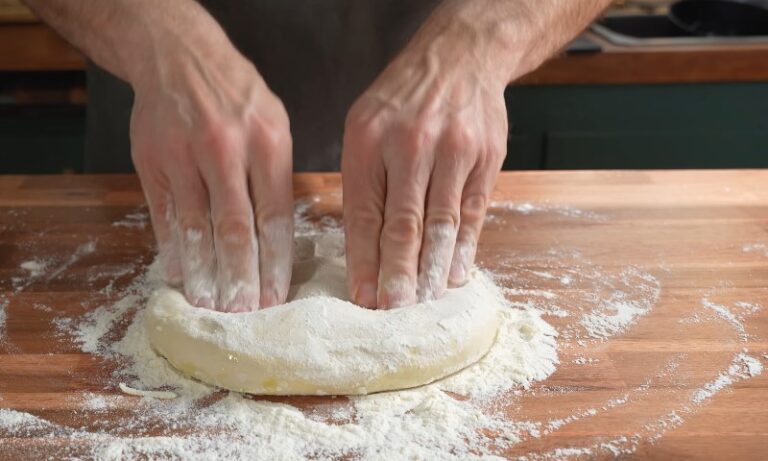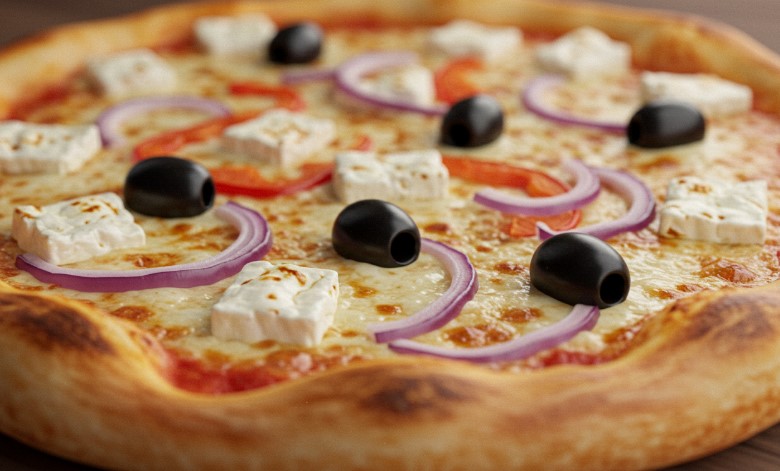Pizza nights hit differently when you’ve made the dough, roasted the toppings, and pulled a bubbling masterpiece from your own oven. Now imagine that pizza with roasted red onions, juicy cherry tomatoes, tangy feta, and a briny kick of Kalamata olives. Suddenly, you’re bringing a slice of the Mediterranean into your kitchen.
Mediterranean pizza is rooted in a centuries-old love for simple flatbreads topped with whatever was fresh, flavorful, and available. In fact, versions of pizza go back to ancient Greece and Rome.
But with the rise of Naples as the spiritual home of modern pizza, and the later addition of tomatoes from the New World, it evolved into the global favorite we know today.
Still, the spirit of the Mediterranean—fresh produce, bold flavors, and a good drizzle of olive oil—remains alive and well in every bite.
Let’s break it down, step by step, from crust to topping, with all the flavor and none of the fuss.
Table of Contents
ToggleWhat Makes Mediterranean Pizza Special?

A few things set Mediterranean pizza apart from your average slice:
- The toppings focus on fresh, plant-forward ingredients like olives, tomatoes, red onions, and feta—classic staples of the region.
- The flavor profile balances salty, sweet, tangy, and herbal notes without drowning everything in cheese or sauce.
- The nutritional value leans into the Mediterranean diet, which is widely praised for being heart-healthy and full of antioxidants.
It’s pizza that feels indulgent but still fits a balanced lifestyle.
Ingredients You’ll Need (Serves 2–4)
You can make this with store-bought dough and still get a fantastic result, but we’ll also include a homemade dough option later for anyone who wants to go all in.
| Ingredient | Quantity | Notes |
| Pizza Dough | 1 batch | Homemade or store-bought |
| Feta Cheese | 4 oz (110 g) | Crumbled, preferably stored in brine |
| Mozzarella Cheese | 4 oz (110 g) | Shredded or fresh (patted dry) |
| Cherry Tomatoes | 1½ cups (200 g) | Halved for roasting |
| Kalamata Olives | ½ cup | Pitted and halved |
| Red Onions | 2 medium | Cut into wedges |
| Dried Oregano | 1–2 tbsp | Go generous—it brings everything together |
| Extra Virgin Olive Oil | As needed | For roasting and finishing |
| Salt & Pepper | To taste | For seasoning the veggies |
Step-by-Step Instructions
1. Roast Your Veggies First
Start by preheating your oven to 465°F (240°C).
Spread your cherry tomato halves and red onion wedges on a parchment-lined baking sheet. Drizzle generously with olive oil, season with salt and pepper, and roast for 10 to 15 minutes.
You’re looking for a slight char on the edges—something that brings out the natural sweetness without turning things to mush.
Tip: Don’t crowd the pan. Give the vegetables some space so they roast instead of steam.
2. Prep the Dough
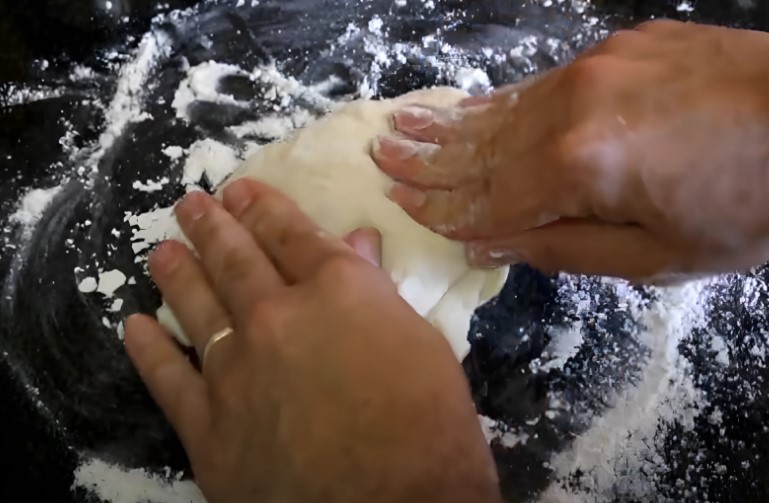
If you’re using store-bought dough, let it rest at room temperature for about 20 minutes—it’ll stretch easier. Roll it out on a floured surface to about 12 inches round or rectangular, depending on your baking gear.
Baking surface matters: A pizza stone or steel preheated in the oven gives you that crisp, blistered base. If you’re using a baking sheet, lightly oil it to prevent sticking and encourage browning.
3. Assemble Like a Pro
Brush the dough lightly with olive oil to protect it from getting soggy.
Then layer like so:
- Half the shredded mozzarella first (it acts as a moisture buffer).
- Scatter on your roasted tomatoes and red onions.
- Add the halved olives.
- Crumble feta across the top—don’t be shy.
- Finish with the rest of the mozzarella and a heavy sprinkle of oregano.
If you want to get fancy, crack some fresh black pepper on top or add a few chili flakes for a kick.
4. Bake It Off
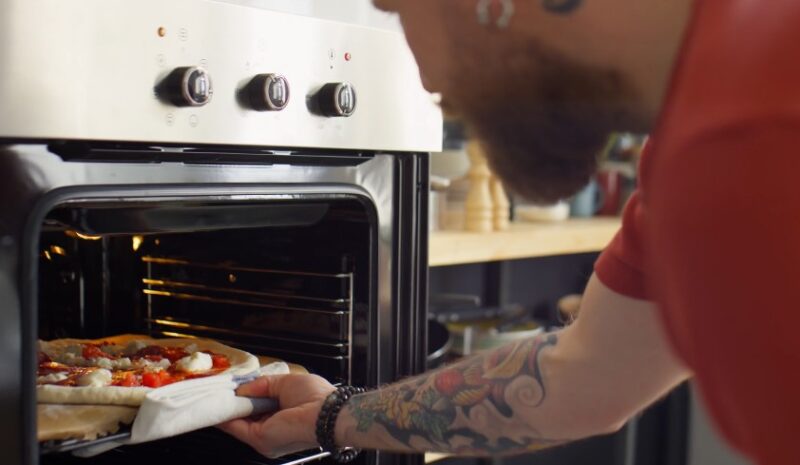
Slide the pizza into the oven and bake for about 8–10 minutes. If you’re using a stone or steel, it might be ready a bit quicker, so keep an eye on the crust.
You’re aiming for golden edges, bubbling cheese, and slight browning across the top. Rotate the pizza halfway through to ensure even baking.
5. Serve and Savor
Once out of the oven, let it rest for a minute so the cheese settles.
Slice it up and, if you’re feeling extra, add a final drizzle of olive oil or scatter some fresh basil leaves. The pop of green really finishes it beautifully.
Planning to share your homemade pizza with friends or start a small pizza business? Consider packaging your creations in custom boxes from Plus Printers.
Their durable and customizable pizza boxes ensure your pizza stays fresh and presentable during delivery.
Ingredient Highlights (Why They Work)
Feta Cheese
Salty, tangy, and crumbly, feta is the backbone of many Greek dishes—and it plays the same role here.
Aged in brine, the real stuff (PDO-certified from Greece) has a depth that balances perfectly with sweet tomatoes and mellow mozzarella.
Kalamata Olives
These dark purple olives are meaty, fruity, and add a serious Mediterranean punch. Their sharpness cuts through the richness of the cheese and complements the roasted onions like a dream.
Red Onions
Sweeter and less pungent than yellow onions, they roast beautifully. That little bit of caramelization adds another layer of flavor you wouldn’t get from raw toppings.
Cherry Tomatoes
You could toss them on raw, but roasting changes the game. They become sweeter, juicier, and way more flavorful. And they won’t sog up your dough.
Homemade Dough That’s Worth It (Optional)
Want to make your own base? It’s easier than it sounds.
| Ingredient | Quantity | Notes |
| Active Dry Yeast | 2¼ tsp | |
| Warm Water | 1½ cups | Around 110°F (45°C) |
| Olive Oil | 2 tbsp | For flavor and elasticity |
| Salt | 2 tsp | Don’t skip it |
| All-Purpose Flour | 4 cups | Or mix with whole wheat |
Instructions:
- Mix the yeast with warm water and let it sit 5–10 minutes until foamy.
- Stir in oil, salt, and flour. Mix until a rough dough forms.
- Knead for 10 minutes until smooth.
- Let it rise in a greased bowl for an hour, covered.
- Punch down and rest for 10 more minutes before rolling out.
Customizations and Variations
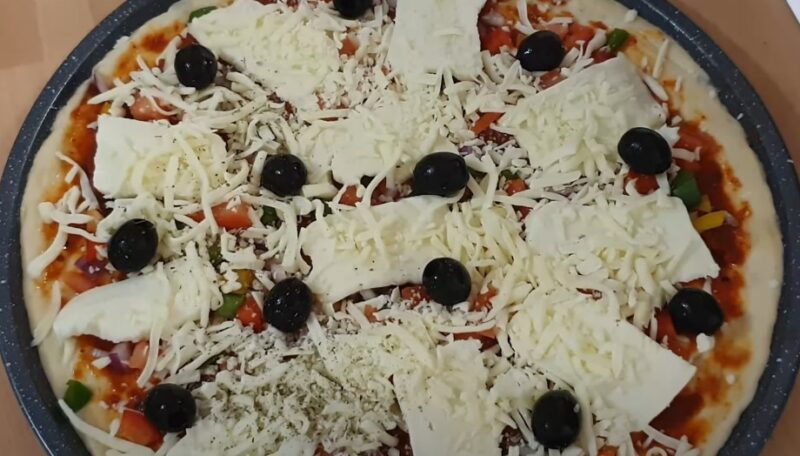
There’s no one right way to top a Mediterranean pizza. Here are a few variations worth trying:
Want more toppings?
- Sun-dried tomatoes add a rich, chewy sweetness.
- Marinated artichoke hearts bring a slightly tangy, creamy bite.
- Roasted red peppers for a smoky sweetness.
Want to bulk it up?
- Shredded rotisserie chicken works great.
- Grilled shrimp adds a coastal vibe.
- Chickpeas, lightly roasted with cumin and paprika, keep it vegetarian but filling.
Want to play with herbs?
- Swap oregano for rosemary or thyme.
- Add fresh mint or basil just before serving.
- Try a light sprinkle of garlic powder or za’atar.
Serving Suggestions
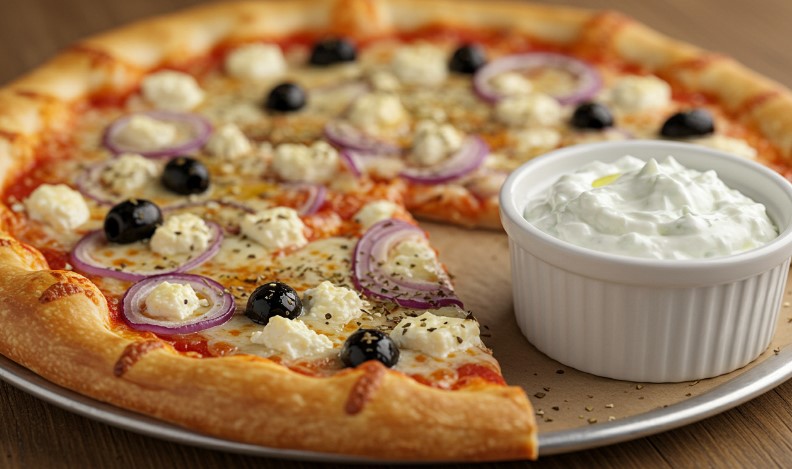
To make it a full Mediterranean spread, pair your pizza with:
- Greek Salad – cucumbers, tomatoes, red onion, olives, feta, and a lemon-oregano vinaigrette.
- Tzatziki Dip – cool, creamy, and perfect for crust-dipping.
- Pita & Hummus – great on the side or as a pre-pizza snack.
- Wine pairing? Go Greek. Try a crisp Assyrtiko white or a fruity red like Agiorgitiko.
Health Benefits (Yes, It’s Pizza—But It’s Good for You)
Unlike greasy takeout pies, this one’s packed with nutrients:
- Feta is rich in protein and calcium.
- Kalamata olives offer healthy fats and antioxidants.
- Tomatoes provide lycopene, linked to heart health.
- Red onions bring flavonoids and anti-inflammatory compounds.
- Oregano adds antimicrobial benefits.
Combined, these ingredients fit into the Mediterranean diet—a way of eating known to reduce heart disease risk and support overall well-being.
A Bit More on the History
@chiara_in_italy Replying to @uptkang1 Where is pizza from? 🇮🇹❤️ Well, Italy! But what is the story behind it? 🥰 #italy #italianculture #commedia #culturaitaliana #expatsinitaly #foodhistory #pizza #napoli #italiani #italianfood ♬ Comedy Music – Nissa
Pizza’s Mediterranean roots go deep. The earliest versions were flatbreads used as edible plates, topped with olive oil and herbs. Ancient Greeks and Romans mentioned them in texts going back thousands of years.
Fast forward to Naples in the 1500s: street vendors sold pizza as affordable food for the working class. By the 1800s, it had started winning over the upper classes too. The Pizza Margherita story—made to honor Italian royalty in 1889—is one many know, even if the details are debated.
The point? Pizza was always about combining simple, regional ingredients in satisfying ways. Mediterranean pizza honors that spirit.
Final Thoughts
If you’re after a pizza that feels both rustic and refined, satisfying yet light, this Mediterranean version checks all the boxes. Between the roasted vegetables, creamy feta, and that golden crust, you’re in for something genuinely special.
And you don’t need a wood-fired oven or culinary degree—just good ingredients and a bit of love.
So roll up your sleeves, roast those onions, and let your kitchen smell like a breezy Greek taverna for the night. It’s a meal worth repeating.
Related Posts:
- 1-Hour Pizza Dough Recipe: Quick and Easy Homemade Crust
- Delicious and Easy Blackstone Pizza Recipe for Any Occasion
- Prosciutto Pizza with Roasted Red Peppers and Balsamic Glaze
- Italian Sausage Pizza with Pesto and Red Sauce
- How to Make Pizza with Kids - Easy Recipe
- Classic Pepperoni and Its Variations - Make Pizza Like a Pro

